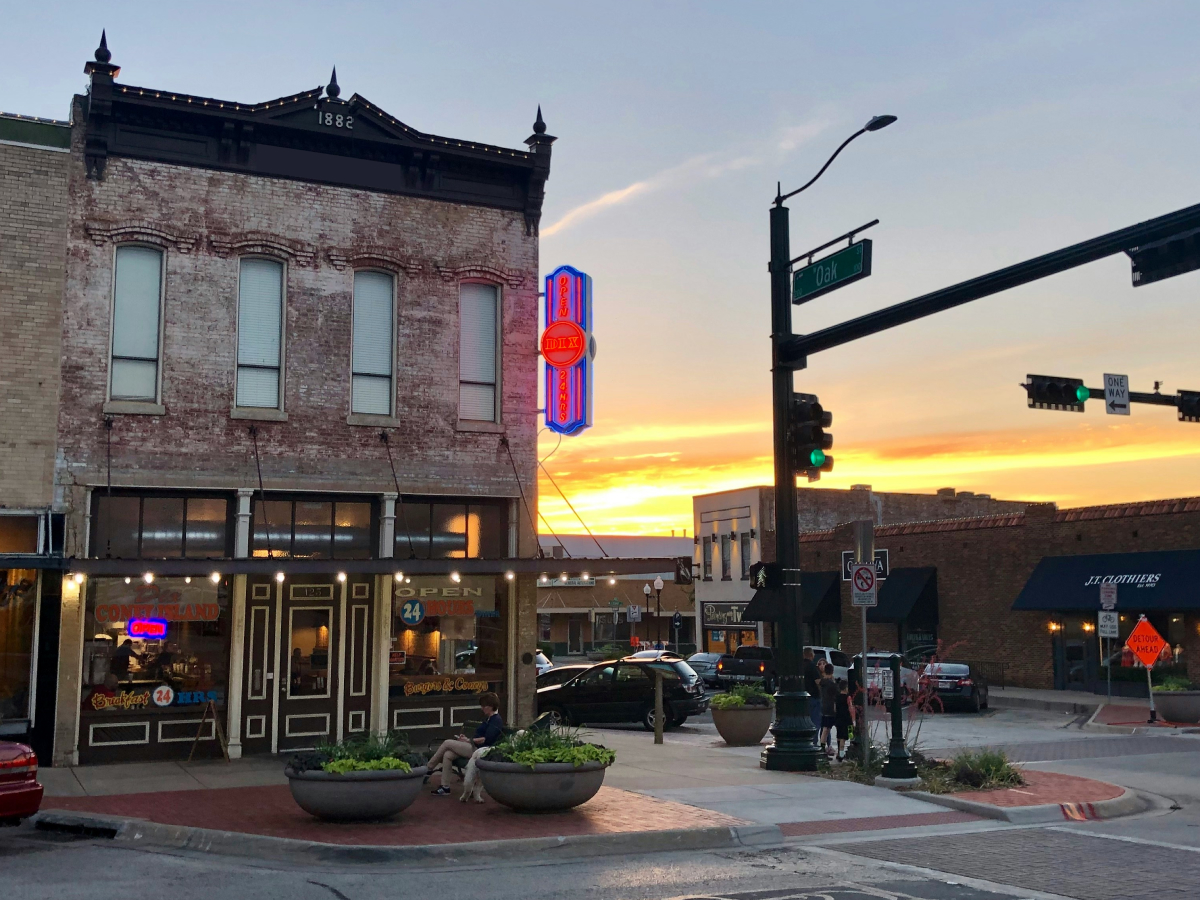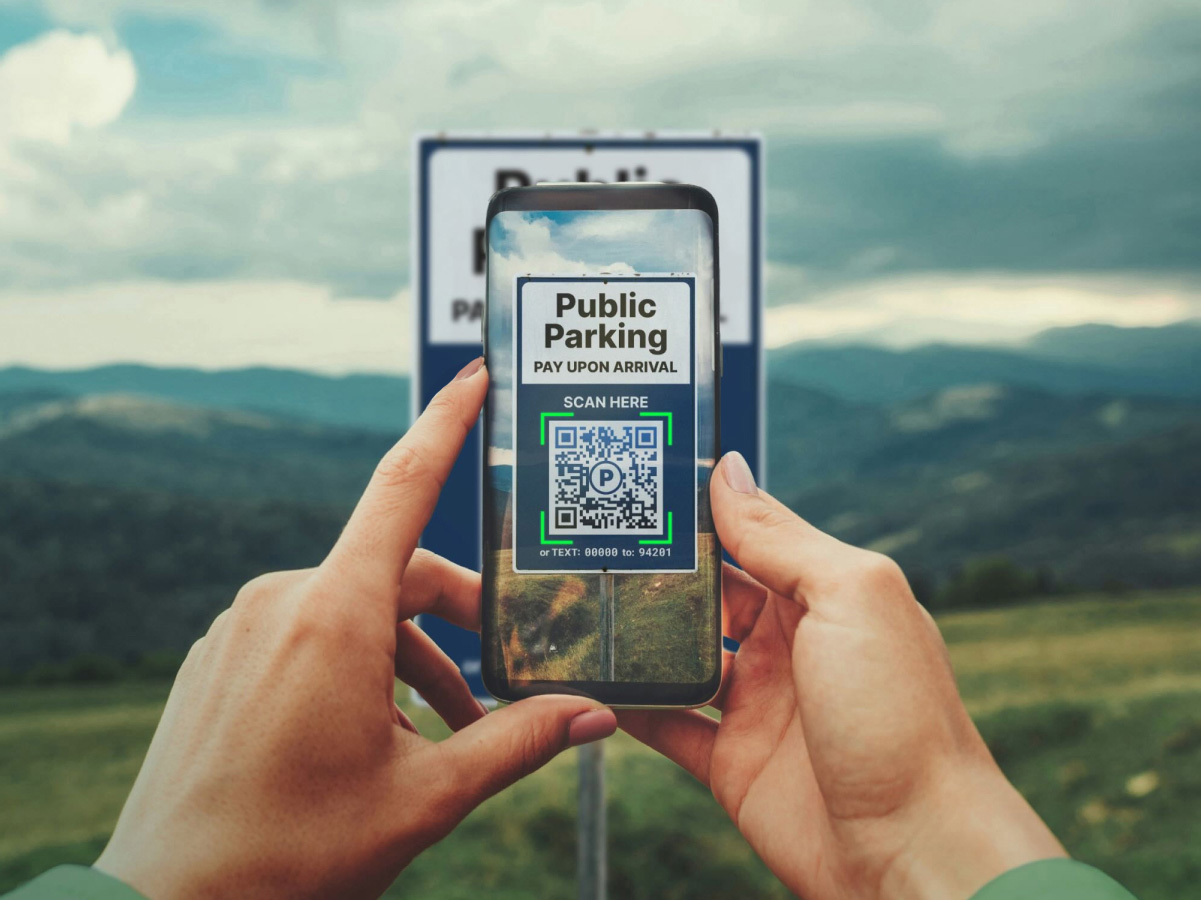
In 2025, Inflow completed a project for a downtown area in Texas, and its community park areas. The initiative aimed to reduce congestion, modernize enforcement, improve user convenience, and ensure financial sustainability through digital management and automated payment systems.
This white paper examines the scope, objectives, implementation details, and community response to the project, highlighting both the operational benefits and key challenges encountered in transitioning to a fully digital parking ecosystem.
A rapidly growing city positioned between San Antonio and Austin, experiences significant seasonal traffic due to its thriving tourism industry—particularly around the Comal and Guadalupe Rivers. Traditional two-hour parking limits and manually enforced systems were increasingly inefficient and costly to maintain.
In early 2025, city leaders identified several core objectives:
Inflow’s centers around a license-plate recognition (LPR) system that eliminates physical meters and paper permits. Drivers register their plate via:
—or—
The system integrates directly with enforcement databases, enabling real-time validation and automatic citation issuance.
For residents, a Resident River Parking Permit program was introduced:
Initial financial modeling projected that the new digital system would cover its own operating costs through modest user fees and efficient enforcement.
A Parking Revenue Fund was established to:
The modernization of parking operations demonstrates how a mid-sized city can successfully deploy LPR-enabled, cloud-based systems to improve efficiency and user experience without increasing costs.
While community adaptation remains a challenge, the partnership with Inflow™ has laid the groundwork for data-driven management, improved compliance, and future integration with wider smart-city initiatives.
INFLOW Research / Urban Systems Group
October 2025

